Laryngoscope Blade Sizes for Neonates: Ensuring Safety and Precision in Airway Management
Oct 15, 2024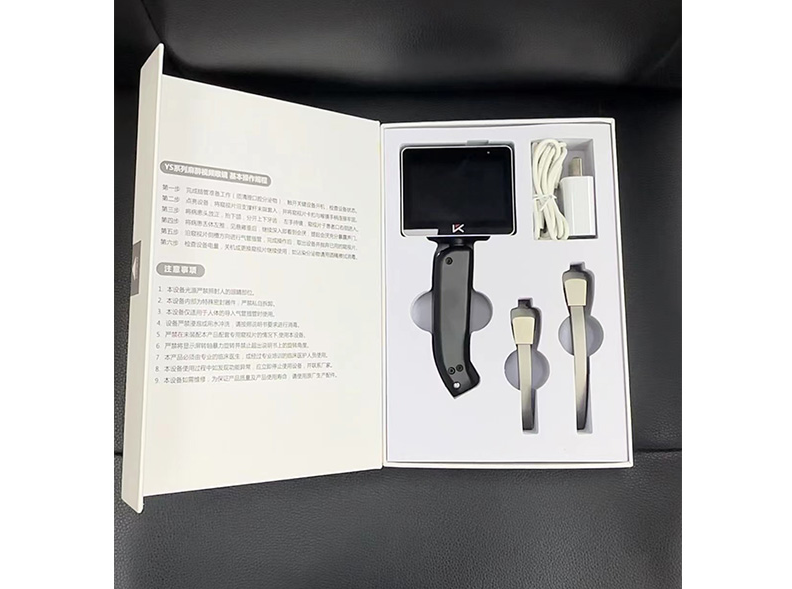
Introduction: Why Size Matters in Neonatal Intubation
When it comes to neonatal intubation, choosing the right laryngoscope blade size is a critical factor that can significantly influence patient outcomes. With such delicate airways, even a minor discrepancy in size can lead to complications, making it imperative for healthcare professionals to understand the nuances of laryngoscope blade sizes for neonates. But how does one determine the right size, and why does it matter so much?

In neonatal care, precision is everything. Neonates have unique anatomical structures, and their small, fragile airways require careful consideration. A laryngoscope blade that’s too large can cause trauma, while one that’s too small may impede visibility and maneuverability, complicating the intubation process. This article delves into the importance of choosing the correct laryngoscope blade size for neonates, offering a step-by-step guide on how to make the right selection, and discussing the impact of these choices on patient outcomes.
Understanding Laryngoscope Blade Sizes for Neonates: Types and Features
Different Blade Sizes and Their Applications
Laryngoscope blades come in various sizes, each tailored for specific age groups and anatomical considerations. Laryngoscope Blade Sizes for Neonates are typically shorter and narrower compared to those used for adults. The most commonly used blade sizes for neonates range from 00 to 1. The size 00 blade is generally reserved for preterm or extremely low birth weight infants, whereas size 0 and size 1 are used for term neonates and infants up to a few months old.
These blades are available in disposable and reusable models, with disposable blades often being the preferred option in neonatal care settings due to their safety and hygiene benefits. Disposable blades eliminate the risk of cross-contamination and ensure a sterile environment for each procedure. Mole Medical, a supplier of high-quality laryngoscope blades, offers five different sizes specifically designed for neonatal to adult intubations, covering the complete range of patient needs.
Key Features of Neonatal Laryngoscope Blades
Modern neonatal laryngoscope blades integrate innovative features that enhance visibility, safety, and usability. For example, some blades incorporate anti-fog cameras that activate within seconds, providing a clear view even in humid conditions. This feature is especially valuable in emergency scenarios where every second counts, and clear visualization of the vocal cords is crucial.
Additionally, the slim blade profile of neonatal laryngoscopes is designed to accommodate smaller oral cavities, making them ideal for neonates with limited mouth openings. This design reduces the likelihood of trauma to the oral and pharyngeal tissues, ensuring a safer intubation process.
Why Video Laryngoscopes Are Changing Neonatal Intubation
Traditional laryngoscopes rely on direct visualization, which can be challenging in neonates due to their small size and the limited view they offer. In contrast, video laryngoscopes provide a superior field of view, allowing clinicians to visualize the airway more clearly and with greater precision. Video laryngoscopes, like those from Mole Medical, offer a combination of direct and video visualization, effectively serving as two devices in one. This dual functionality not only improves the success rate of intubations but also minimizes the risk of complications.
A Step-by-Step Guide to Selecting Laryngoscope Blade Sizes for Neonates
Assessing the Patient: Weight and Gestational Age Considerations
The first step in selecting the appropriate laryngoscope blade size for a neonate is to assess the patient’s weight and gestational age. Premature and low birth weight infants require smaller blades, typically sizes 00 or 0. For term neonates and infants up to a few months old, sizes 0 and 1 are generally recommended.
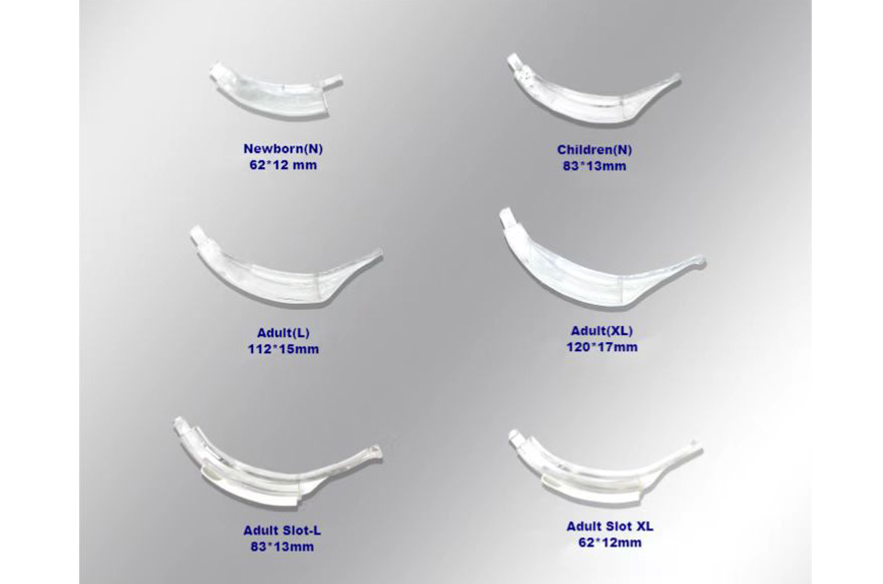
Healthcare professionals should also consider any anatomical abnormalities or congenital conditions that might influence blade selection. For instance, neonates with craniofacial abnormalities or a short neck may require a different approach, potentially utilizing specialized blades designed for difficult airways.
Choosing the Right Blade Type: Straight vs. Curved Blades
Straight blades, such as the Miller or Wis-Hipple, are commonly used in neonatal intubation because they provide a better view of the larynx by lifting the epiglottis directly. Curved blades like the Macintosh are less frequently used in neonates due to the challenge of maneuvering them in smaller airways.
However, some clinicians prefer curved blades for certain neonatal patients, as they can offer improved visualization in specific scenarios. The choice between straight and curved blades ultimately depends on the clinician’s experience and the specific anatomy of the neonate being intubated.
Testing and Positioning: Ensuring the Right Fit
Before proceeding with intubation, it’s crucial to test the laryngoscope blade to ensure it provides adequate visualization of the airway. The neonate should be positioned in a neutral or slightly extended position to align the oral, pharyngeal, and tracheal axes. This positioning helps in achieving a clear view of the vocal cords and reduces the need for excessive manipulation during intubation.
If the blade is too large, it may obscure the view or cause trauma. Conversely, a blade that’s too small can limit visualization and hinder successful intubation. Adjustments should be made based on the neonate’s specific anatomy, and if necessary, a smaller or larger blade should be chosen.
Neonatal Laryngoscope Blades: How Size Selection Impacts Patient Outcomes
Minimizing Trauma and Complications
The size and type of laryngoscope blade used in neonatal intubation can significantly affect the risk of trauma and other complications. Using a blade that’s too large increases the risk of oral and pharyngeal injuries, such as soft tissue damage or lacerations. On the other hand, a blade that’s too small may result in multiple intubation attempts, leading to hypoxia and other complications.
Ensuring the right size not only minimizes these risks but also enhances the success rate of the procedure, reducing the need for reintubation and decreasing the overall stress on both the patient and the healthcare team.
Enhancing Visualization and Accuracy
One of the primary benefits of choosing the correct laryngoscope blade size is improved visualization of the vocal cords. This is crucial for accurate tube placement and successful ventilation. Neonatal video laryngoscopes, such as those offered by Mole Medical, provide high-resolution imaging that enhances visibility and allows for precise tube placement, even in challenging airway scenarios.
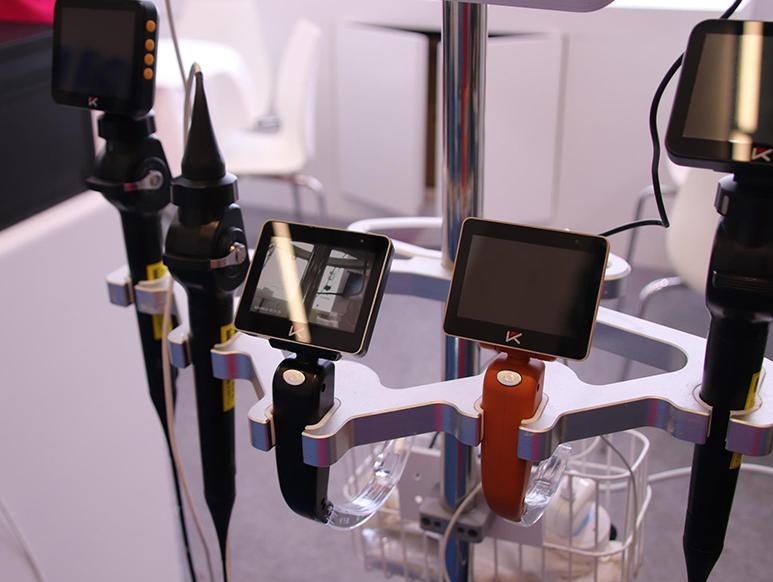
Improving Training and Clinical Education
Laryngoscopes equipped with recording capabilities and USB interfaces can play a vital role in clinical education. These devices allow for the recording of intubation procedures, which can be used for case studies, training, and peer review. This capability fosters a collaborative learning environment and helps improve intubation techniques, ultimately benefiting patient care.
Neonatal Laryngoscope Blade Sizes: Breaking Down the Options for Clinicians
Disposable vs. Reusable Blades: Which to Choose?
Disposable blades are often preferred in neonatal settings due to their safety and hygiene benefits. They are ready to use, reducing preparation time, and are made from medical-grade materials that ensure a sterile intubation environment. Reusable blades, while more cost-effective in the long run, require rigorous sterilization processes to prevent cross-infection.
Mole Medical’s laryngoscope blades come in a variety of disposable models that cater to both neonatal and adult patients, making them a versatile choice for healthcare settings that require rapid and hygienic intubation solutions.
OEM and Customizable Blade Options
For hospitals and clinics with specific branding or design requirements, OEM and customizable blade options are available. These allow healthcare providers to tailor the laryngoscope blades to meet their unique needs, whether it’s for specific patient populations or particular intubation scenarios.
Ensuring Compliance with International Standards
Neonatal laryngoscope blades must comply with international safety and quality standards such as CE, ISO13485, and FDA regulations. Mole Medical’s products meet these stringent standards, ensuring that healthcare professionals are using reliable and effective tools for neonatal airway management.
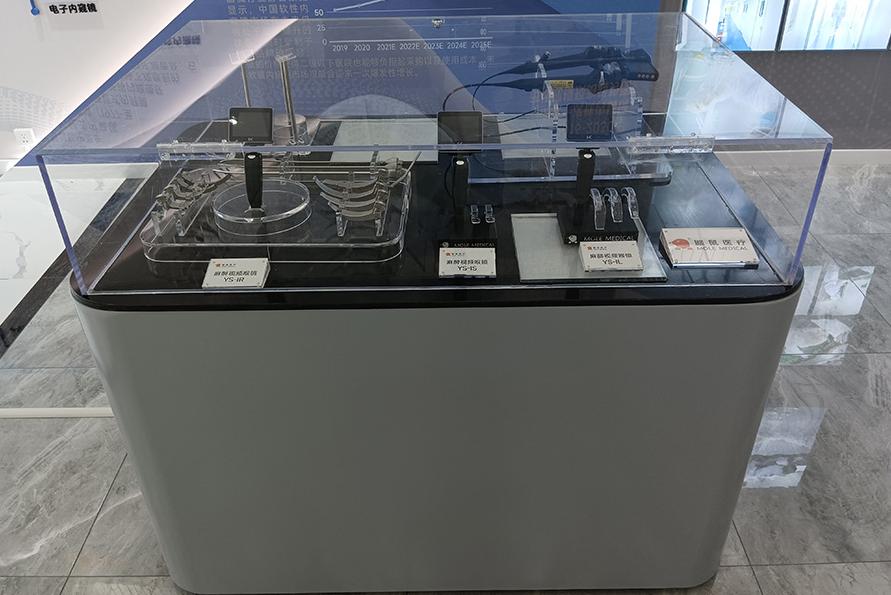
Conclusion: The Future of Neonatal Airway Management
Choosing the right laryngoscope blade size for neonates is not just a matter of preference—it’s a crucial decision that impacts patient safety and outcomes. With advancements in technology, such as video laryngoscopes and anti-fog cameras, healthcare professionals now have access to tools that offer superior visualization and precision during intubation.
By understanding the unique needs of neonates and selecting the appropriate laryngoscope blade size, clinicians can ensure safer, more effective airway management, ultimately leading to better patient care and outcomes.
Categories
Latest Articles

Mole Medical invites you to meet at Expomed Eurasia 2025
Mole Medical invites you to meet at Expomed Eurasia 2025 Mole Medical sizi Expomed Eurasia 2025'te buluşmaya davet ediyor

Mole Medical invites you to meet the 91st China International Medical Equipment Fair (2025 Shanghai CMEF)
Dear partners at home and abroad:In the era of the booming development of global Medical technology, Mole Medical has always adhered to the original intention of innovation, and made intensive efforts in the field of medical endoscopes, constantly making technological breakthroughs and developing high-quality products. On this occasion, we cordially invite you to attend the ... Read more
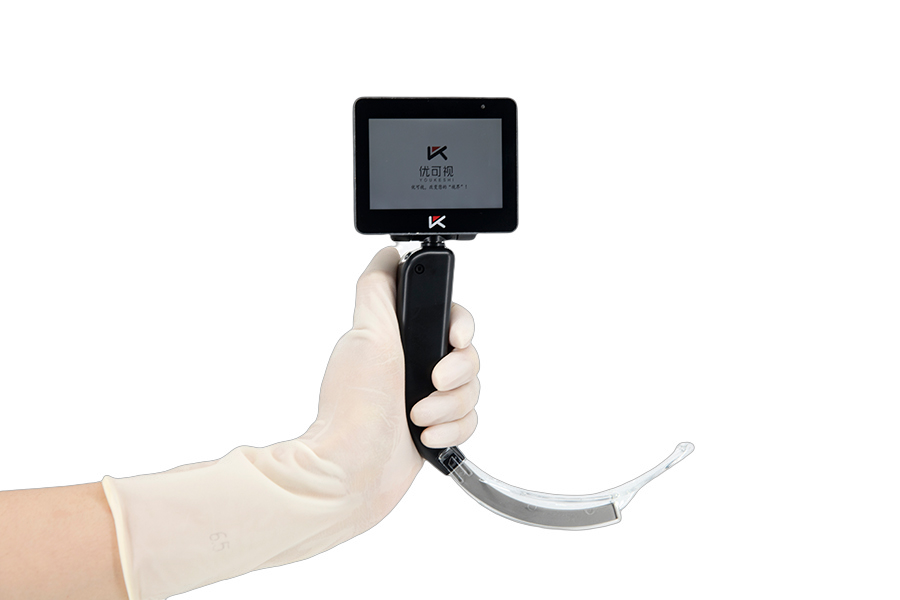
Essential Laryngoscope Parts and Their Vital Uses
The laryngoscope is a vital medical instrument that allows doctors to examine the throat and vocal cords with precision. By providing a clear view of the airway, it plays a crucial role in various medical procedures, particularly in airway management. This tool is essential for ensuring patients can breathe properly, as it facilitates safe and ... Read more
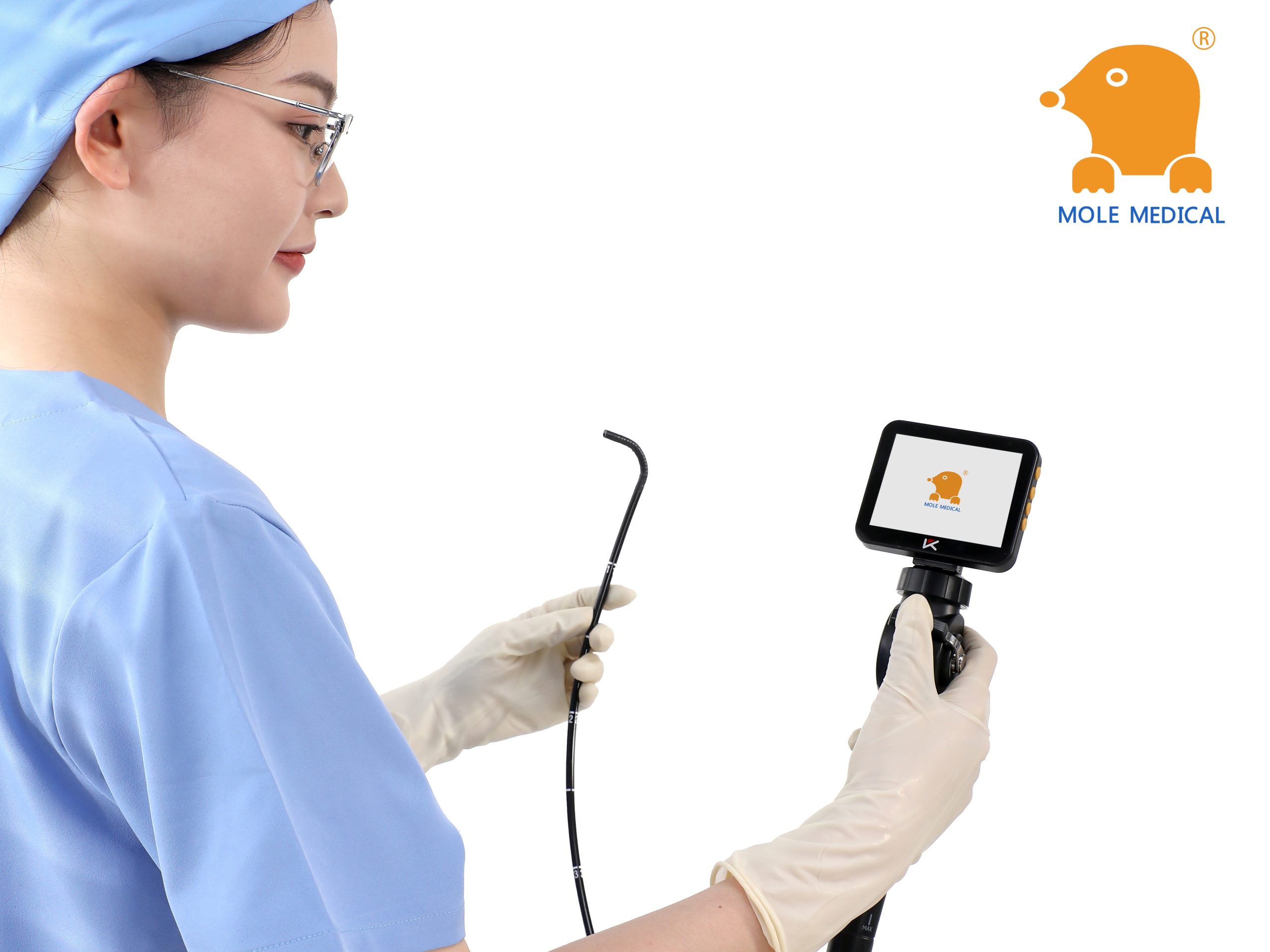
From cleaning to maintenance: a holistic management strategy for Mole medical electronic bronchoscopes
In the modern medical field, electronic bronchoscope is an important tool for the diagnosis and treatment of respiratory diseases, and its accuracy and safety are directly related to the treatment effect and life safety of patients. Mole Medical's electronic bronchoscopes are widely recognized for their superior performance and precise diagnostic capabilities. However, to ensure that this high-end equipment is always in top condition, a comprehensive management strategy from cleaning to maintenance is essential.

More than ten years focus on the field of anesthesia Jiangsu Mole Medical, providing airway equipment for thousands of hospitals around the world
More than ten years focus on the field of anesthesia Jiangsu Mole Medical, providing airway equipment for thousands of hospitals around the world



